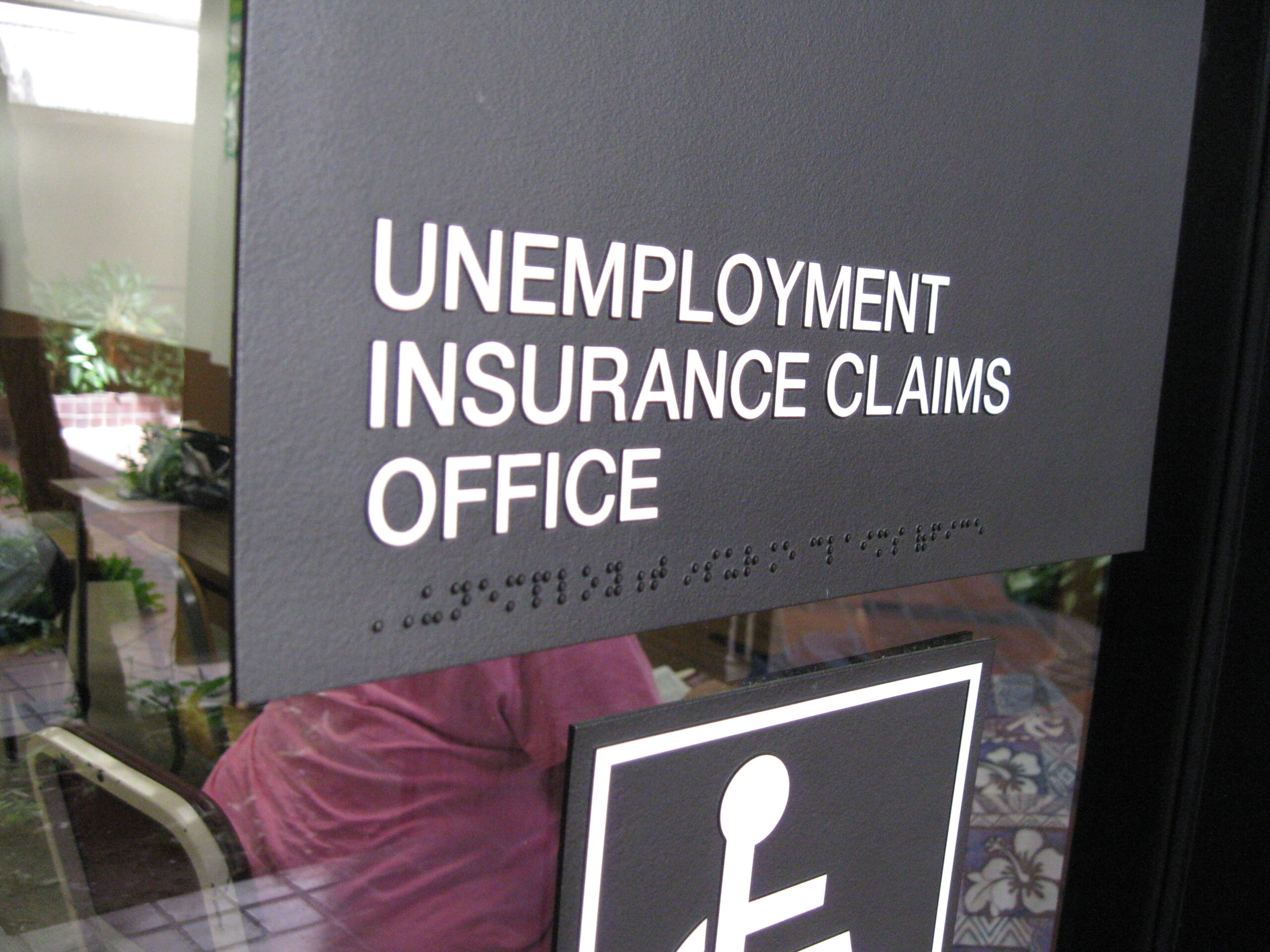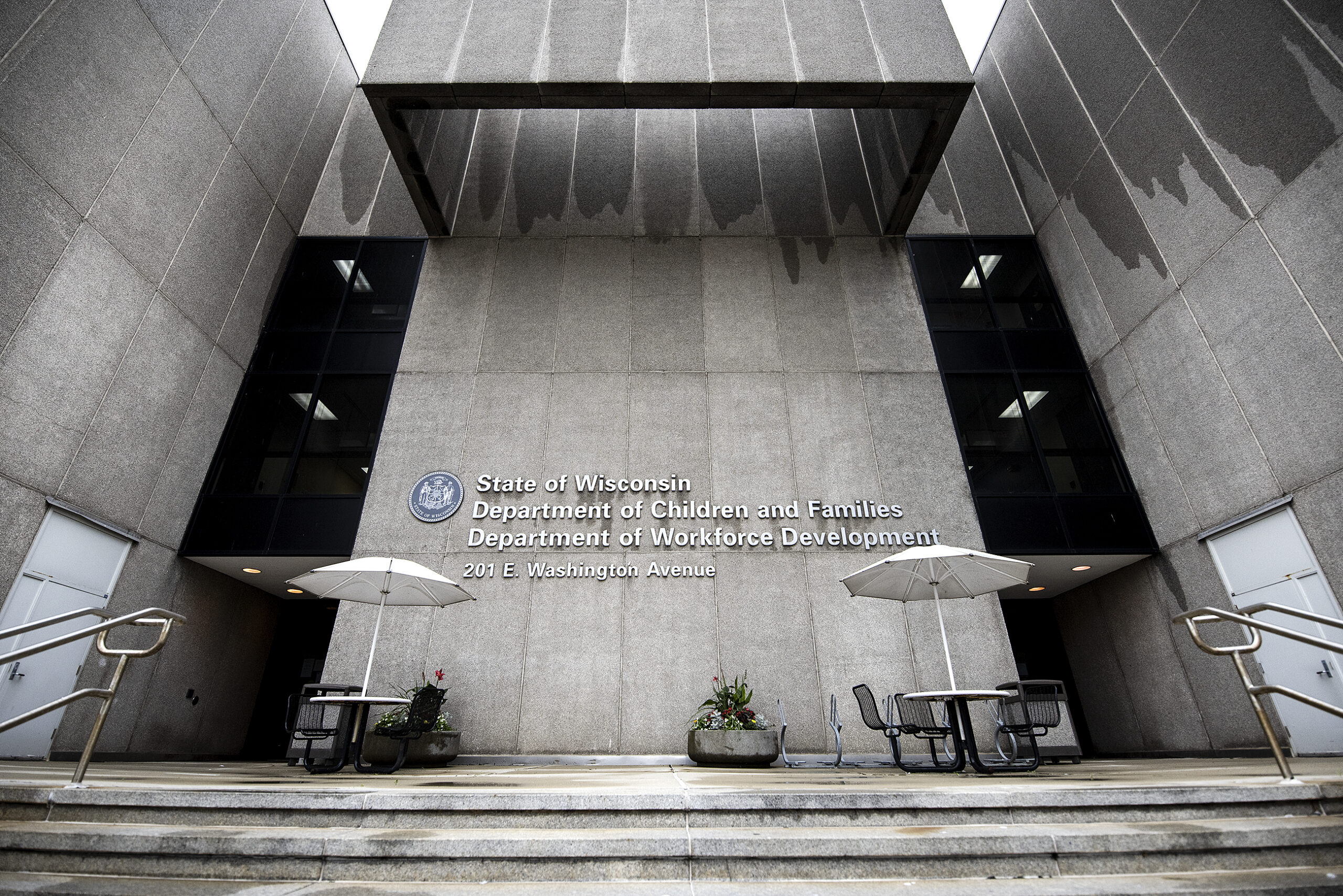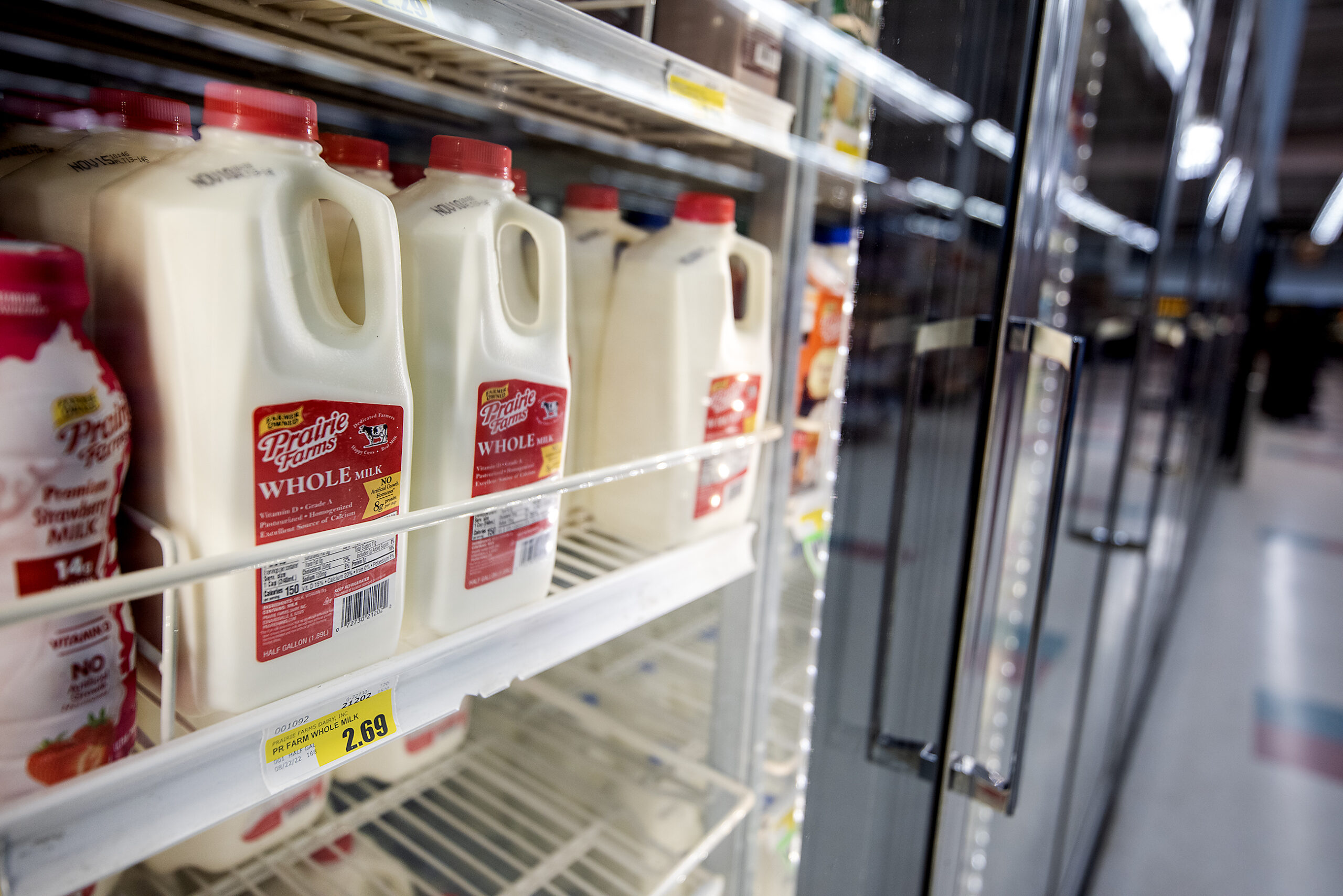More than 21,000 unemployment claims were filed in Wisconsin on Monday, bringing the total to more than 101,464 claims that have been filed since March 15.
Monday marked the greatest number of claims filed in a single day so far since social distancing measures were put in place by the state to limit the spread of the new coronavirus, with 21,250 claims submitted, according to preliminary data from the state Department of Workforce Development. That’s 15 times the number of claims filed on the same day last year.
The numbers reflect the staggering impact of restrictions on mass gatherings of 10 people or more and other efforts to slows the spread of virus. Economists said the number of initial claims were unprecedented for Wisconsin, including Noah Williams, economics professor at the University of Wisconsin-Madison and director of the Center for Research on the Wisconsin Economy (CROWE).
News with a little more humanity
WPR’s “Wisconsin Today” newsletter keeps you connected to the state you love without feeling overwhelmed. No paywall. No agenda. No corporate filter.
“In the last week, there were 69,000 — the week ending Sunday,” said Williams. “During the highest weeks in the 2008 recession, we saw something like 35,000. So, this is nearly double that and increasing even more this week it appears.”
The number of people filing claims is likely to grow after Gov. Tony Evers’ administration issued a stay-at-home order that takes effect at 8 a.m. Wednesday, according to Emily Savard, program and policy analyst with the Unemployment Insurance Division at the Wisconsin Department of Workforce Development.
“I can only assume with the governor’s order that we’ll continue to see high levels of unemployment applications happening for the foreseeable future,” said Savard.
She said her division has been inundated with phone calls even though the vast majority are filing applications online, noting people are not being able to get through as quickly as they would like.
“When you have people who are anxious and scared and frustrated and are trying to call back numerous times, it is just an overload,” she said.
She urged people to seek answers on the department’s website before calling with any questions about filing their claims.
Befor the pandemic, Williams said the labor market may have softened slightly, but was still at historically strong levels. Thomas Kemp, chair of the UW-Eau Claire Economics Department, agreed. He noted January’s unemployment rate was at about 3.5 percent. He estimated the state is looking at a 5.6 to 5.7 percent unemployment rate right now with the recent filings.
“The claims that are coming in right now are actually increasing at a faster rate than they did in those early months of the 2008-2009 recession,” said Kemp. “Where we’ll end up is hard to say, but 100,000 claims in just over a week is more significant than anything I can see in a similar time period of just over a week going back to the Great Recession.”
Congressional leaders are working on a relief package that would provide around $2 trillion to help businesses and workers, which would include increased unemployment insurance.
“Right now, it’s more about providing liquidity to businesses so they can meet whatever costs and payments they have to make during this time and hopefully make payroll as well and also provide insurance and income to workers who are, hopefully, temporarily out of a job,” said Williams.
Former Federal Reserve Chair Ben Bernanke said this week he’s not expecting major financial fallout like the Great Recession as a result of the coronavirus pandemic due to assistance from the Federal Reserve and the U.S. Department of the Treasury.
Kemp noted that the economic shutdown is unlikely to span the amount of time as the 2008 financial crisis.
“I remain hopeful that things would snap back pretty quickly,” said Kemp.
Yet, Williams noted that even short-lived recessions can have a scarring impact, citing permanent effects of temporary downturns.
“The longer this stretches on, the more severe those types of effects would be,” said Williams.
Wisconsin Public Radio, © Copyright 2026, Board of Regents of the University of Wisconsin System and Wisconsin Educational Communications Board.




